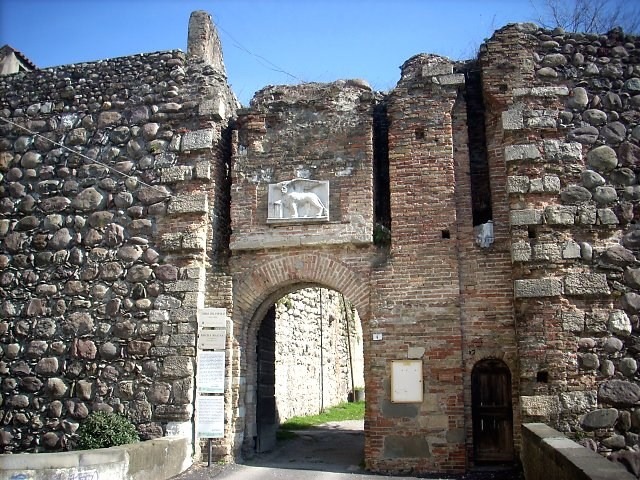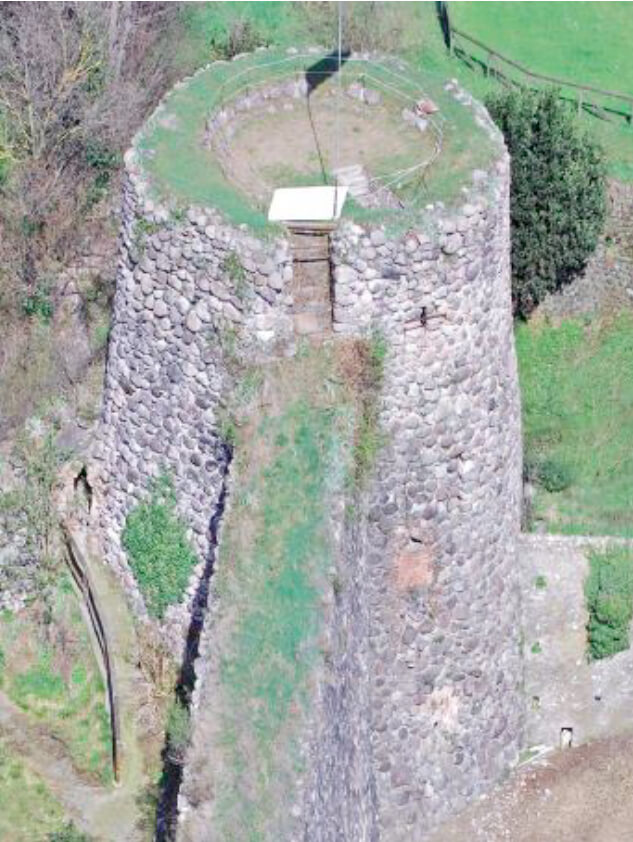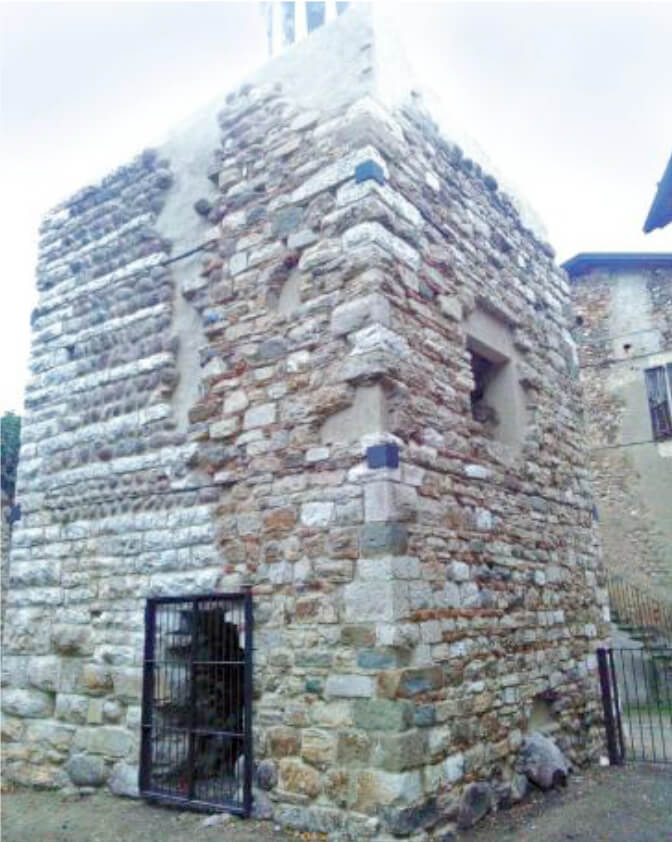


Castle “Rocha Magna”
Built on the left bank of Oglio between the 9th and 10th centuries, the Castle of Palazzolo was a real fortress (called Rocha Magna), occupied by a military garrison included in the ancient fortification system to defend the castrum Palatioli.
As nerve center of the wider defensive system of the middle Oglio valley, the Rocha Magna represented a bulwark of Brescia in the fight against the Bergamo Mura for the control of the Oglio river, remaining an important stronghold of the border until the mid-fourteenth century.
Even during the Scaliger and Visconti dominations, the Rocha carried out a defensive function and control of the territory at least until the 16th century, when (definitively passed under the control of the Republic of Venice in 1517) the Venetian Senate decided to abandon it along with those fortresses considered of little strategic value and expensive to maintain; following this decision, it was ceded to the City with the commitment to ensure the necessary maintenance and custody.
In 1830, intending to definitively alienate the property, the City commissioned an expert to make an estimate of the value. In 1840, the Rocha was bought by Don Giovanni Brescianini (at the time director of the city’s public schools) and for more than a century it remained the property of several individuals; in 1990 the Küpfer family gave the castle back to the Municipality of Palazzolo.
The Rocha Magna has a trapezoidal plant surrounded by high walls (made with river pebbles) and a deep moat, which was probably never filled with water.
The three round towers are called “Mirabella”, “Ruellina” and “Torre della porta del soccorso”. Inside there was the “Tower of salvation”, which performed several functions: from the surveillance of the walls and the external lands to the control of the inner courtyards.
The wall was interrupted by two doors, both equipped with a drawbridge: the “Riva” (the current entrance) and the “Soccorso”, which opened onto the countryside; next to the main door, a door of the “pusterla” was opened, which allowed only one horse to pass at a time.
Inside the walls, there was a large courtyard with a well for water supply and some houses in the center, as well as weapons stores and stables for horses. Two orders of underground walkways (some of which can still be visited today) had been created, connecting the towers through rather narrow staircases and tunnels; a further walkway was finally set up on the walls.
Photos and translations by Municipality of Palazzolo sull’Oglio.












